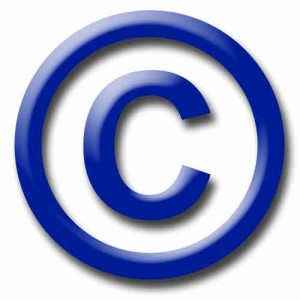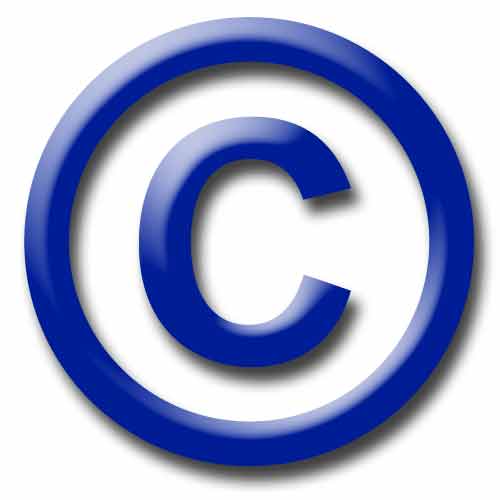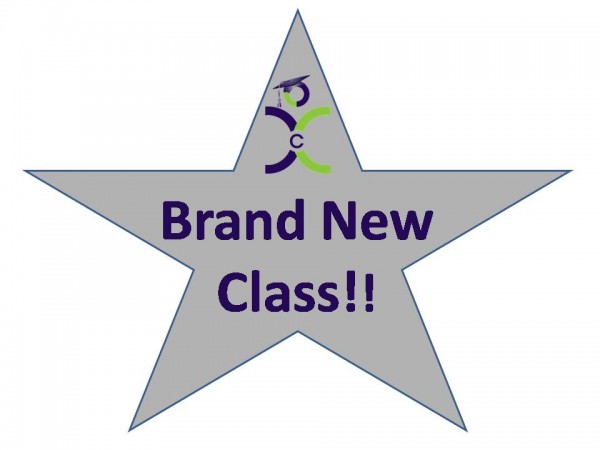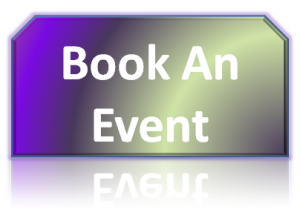 We live in a rapidly expanding sharing social media world. Everyday the debates rage about copyright, fair use, the public domain and the use and spread of information on the internet. It would take volumes to explore the intricacies and details of copyright law. If you are interested in the complete and full analysis of the history and evolution of copyright law try the complete treatise assembled by Robert Gorman and Kenneth Gemmill, Professors Emerti at the Pennsylvania School of Law. One of the country’s leading experts on copyright issues is MIT Professor, Keith Winstein, and he has created an eight hour video lecture which you can view on YouTube. You will also find Professor Winstein among my Facebook friends, or better yet, make him one of yours. The purpose of this post is to eliminate some of the most common myths and create a basic understanding of the principles and rules that surround copyright issues.
We live in a rapidly expanding sharing social media world. Everyday the debates rage about copyright, fair use, the public domain and the use and spread of information on the internet. It would take volumes to explore the intricacies and details of copyright law. If you are interested in the complete and full analysis of the history and evolution of copyright law try the complete treatise assembled by Robert Gorman and Kenneth Gemmill, Professors Emerti at the Pennsylvania School of Law. One of the country’s leading experts on copyright issues is MIT Professor, Keith Winstein, and he has created an eight hour video lecture which you can view on YouTube. You will also find Professor Winstein among my Facebook friends, or better yet, make him one of yours. The purpose of this post is to eliminate some of the most common myths and create a basic understanding of the principles and rules that surround copyright issues.
Let’s start with some basic facts that lie at the heart of the debate and dispel some of the most common myths. These are not my opinions. They are just the harsh realities of current copyright issues.
1.The internet is a worldwide international system, yet there is no uniform international copyright law. Those of you who reference copyright infringement are usually referring to a U.S. system that does not apply to everything on the internet.
2. Under U.S. law a copyright can only be claimed in regard to “a permanently fixed original work.” You cannot copyright ideas, titles, names, procedures or processes. For a better understanding of what can and cannot be copyrighted, a full fairly understandable explanation is provided on the website of the U.S. Copyright office.
3. Simply citing a source or attributing credit does not eliminate copyright issues.
4. Copyright automatically attaches to your created works. Contrary to popular public opinion and discussion you no longer need to:
- Print or include the little symbol © in the work
- Register anything with the U.S. Copyright office
People do these things to make their later claim of copyright easier to prove in a court of law, but these things are not legally required to claim a copyright infringement.
5. There are no copyright police. It is up to the original creator of the work to pursue their claim of copyright infringement. That is a process which is expensive, time consuming and tedious. Most people will simply not find it economically viable to pursue a copyright infringement claim and even having done so will find it difficult to attach any substantial claim for provable economic damages.
6.The “public domain” is very narrow. Just because you put your photos, video, or blog post up on the internet did not make it part of the public domain. The public domain is primarily that body of general knowledge, references, public information and items where copyright protection has expired (since it used to be granted for a specific period of time). You should understand that what is the public domain is a continual source of debate. Witness the State of Oregon which claims copyright over it’s state statutes and has filed claims against people who reference the public laws (You see, the state legislature of Oregon wants you to buy the Code of laws from them) Yes, it is true, watch the video.
7. Companies have developed policies, not legal determinations. What the heck does that mean? Sites like YouTube and WordPress do not review every item posted to see if it has a copyright violation. They have policies where if a complaint is made they will simply remove the item. They do not try and analye whether it is or isn’t, they just remove it.
8. There are items which are exempted from copyright claims. Information disseminated for the purposes of education, not used in a commercial nature, portions and excerpts of “permanently affixed original works”, parody and news broadcasts are all items which do not affect the potential market value of the entire work by the author and fall under the “Fair Use” Doctrine”. The Fair Use doctrine isn’t an idea, it’s a specific portion of the United States Code. Ninth Circuit, U.S.District Judge Pregerson has written some of the most recent and clarifying opinions, particularly in cases involving copyright and the internet.
It is from all of the above references, statutes and analysis that you will come to the following conclusions on copyright and social media.
1. Everyone owns everything they create which is a permanently affixed original work. They don’t need copyright registration, symbols or proof of previous publication.
2. However, (there is always a huge however when lawyers write) Copyright was created to protect commercial profitability and marketability of original authors. You can’t destroy or interfere with someone’s ability to make money from selling their original “permanently affixed original work.”
3. Most people disseminating information in the social media venues are not in the business of creating commercial “permanently affixed works” When you posted your photos or videos to the internet or published a blog post, yes they are your property, no they did not become part of the “public domain” no, you probably don’t have a copyright infringement because someone’s later use of those did not affect your commercial profitably or marketability of the item. You might object to this, but it falls under the statutory “fair use doctrine” which was created to encourage the dissemination of information and ideas. However, (ah, that delightful word again) using the images of commercial entities that are creating photos for commercial purposes, such as professional photographers, Corbis and the like would be a violation and these entities take additional steps to protect their works using watermarks and the like.
4. Therefore, particularly in courses, classes and blog posts, where the primary goal is education you can use portions of music, videos, photos and other items. Here is an example. The Eagles own their music. It is copyrighted whether they have done anything to protect it or not. But your use of a portion of it did not affect “the commercial marketability and profitability of the original author. Now take the Eagles music, sell the downloads, republish their CD’s and you have a different matter entirely. Judge Pregerson would say, your use of a portion of it, particularly for education or parody, didn’t interfere with their ability to sell their albums, in fact you may have just increased their marketability. This does not mean that sites like YouTube may disable the video under their policies and it does not mean that what you have done violates copyright law.
5. Another good example would be Disney. Yes, Disney owns the movie Cinderella. They make commercial revenue off of leasing the movie and selling DVD’s. If you take the entire “permanently affixed original work” and sell Cinderella DVD’s expect a cease and desist order. But using the Cinderella image or a clip from the movie does not adversely affect Disney’s ability to commercially profit from the sale of their work. That’s fair use.
Don’t take my word for all of this. Professor Eric Fadden of Bucknell University’s Media Education Foundation produced for the Federal Trade Commission an educational video on copyright and fair use, entitled “A Fair(y) Tale Use. Understand that this is the training video for what we can and cannot do. Without permission, authorization or the consent of Disney, the video uses Disney music, video clips and characters to make clear what is possible under the fair use doctrine. Enjoy!
Leonard C. Elder, DREI, J.D., graduated from Capital University Law School and is the author of law journal articles, national educational articles and the recipient of the John J. Getgey Memorial Award for academic excellence and professional achievement in the field of law.







 RSS Feed - Blog
RSS Feed - Blog YouTube Channel
YouTube Channel
 Theresa @ LinkedIn
Theresa @ LinkedIn